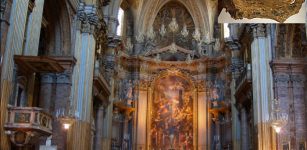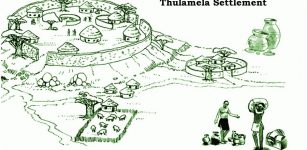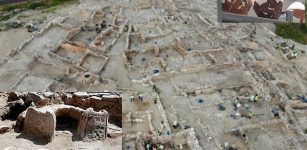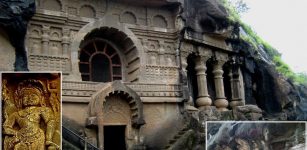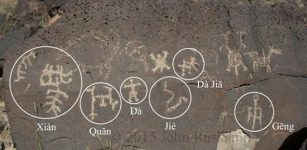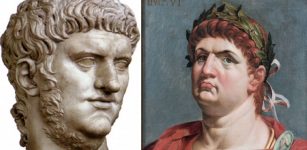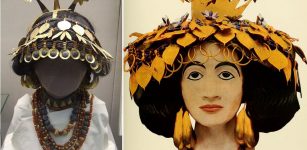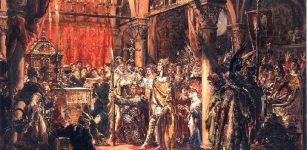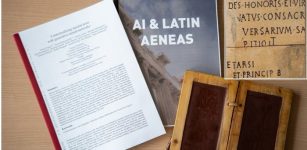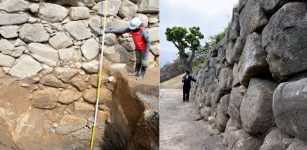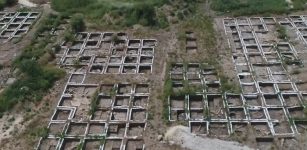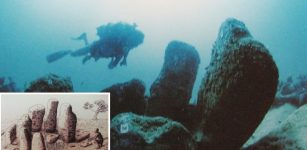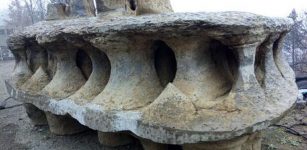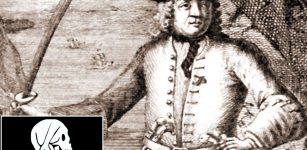An Intact 4,000-Year-Old Burial Chamber Found In Aswan
AncientPages.com - An intact tomb has been discovered in the necropolis located at Qubbet el-Hawa, West Aswan by excavating archaeologists of the Spanish Archaeological Mission.
The tomb belongs to the brother of one of the most important governors of the 12th Dynasty, Sarenput II.
A mummy (still under study), is covered with a polychrome cartonnage with a beautiful mask and collars, which are well-preserved.
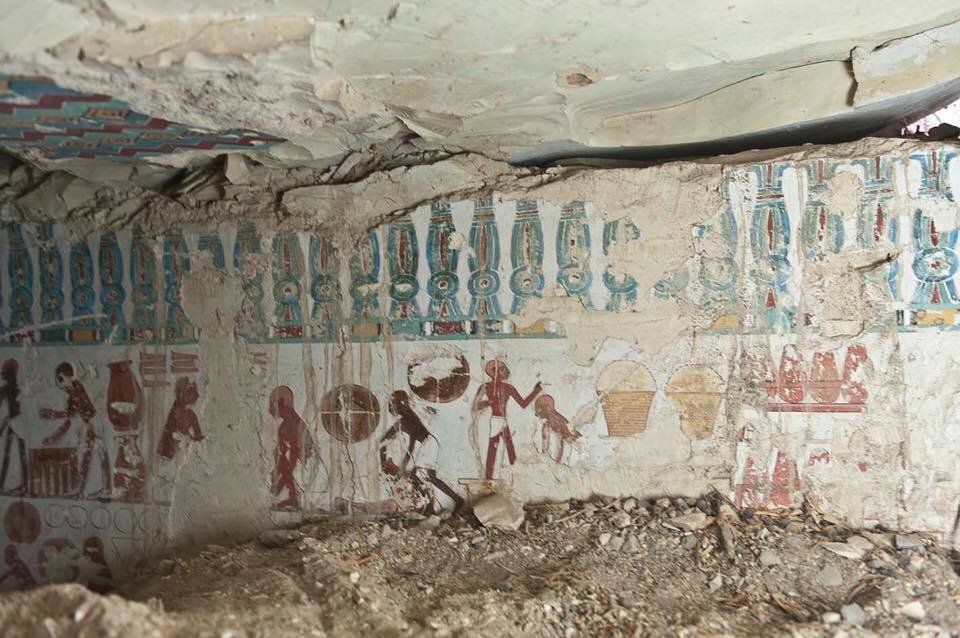
Funerary goods that consist of pottery, two cedar coffins (outer and inner) and a set of wooden models, which represent funerary boats and scenes of daily life.
Other artifacts found in the tomb are diverse funerary goods including pottery, two cedar coffins (outer and inner) and a set of wooden models, which represents funerary boats and scenes of the daily life, according to Dr. Alejandro Jiménez-Serrano, Head of the Spanish mission from the University of Jaen.
See also:
Long Searched Causeway Of Sarenput I, Governor Of Aswan’s Elephantine Island – Discovered
The inscriptions of the coffins bear the name of the defunct, Shemai, followed respectively by his mother and father, Satethotep and Khema.
The latter was governor of Elephantine under the reign of Amenemhat II.
Sarenput II, the eldest brother of Shemai, was one of the most powerful governors of Egypt under the reigns of Senwosret II and Senwosret III, Dr. Serrano explained.
Apart from his duties as governor of Elephantine, he was general of the Egyptian troops and was responsible of the cult of different gods.
Previous discoveries revealed fourteen burials belonging to members of the ruling family of Elephantine during the 12th Dynasty.
Such high number of individuals provides a unique opportunity to study the living conditions of the high class in Egypt more than 3800 years ago.
The earliest tombs belong to top officials from the Old Kingdom. Although the interiors are sparsely decorated, “autobiographies” carved into their façades provide fascinating details of the lives of these men, several of whom led trading and military expeditions south into Nubia.
Other tombs belong to provincial governors from the Middle and New Kingdoms. The site also contains a Coptic monastery, and some of the tombs were later reused to build a Coptic church.
AncientPages.com



